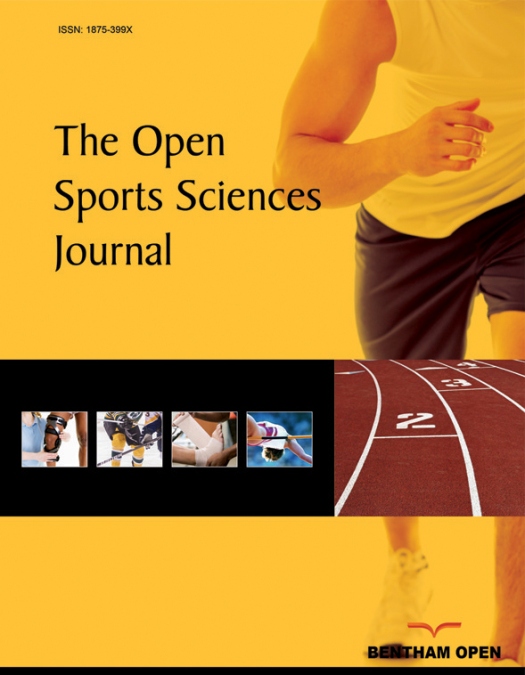Journal: The Open Sports Sciences Journal
Author(s): Michal Lehnert, Petr Stastny, James J. Tufano, Pavel Stolfa

Abstract
Background:
During soccer-specific movements, the strength of knee extensors and flexors is of great importance and achieving certain strength ratios between the two has been identified as an important parameter for reducing the risk of soft tissue injuries around the knee.
Objective:
The aim of the study was to evaluate changes in isokinetic strength of the knee flexors and extensors and their strength ratios in elite adolescent soccer players.
Methods:
Before and after 10 weeks of standard pre-season soccer training with progressive eccentric hamstring exercises, the players (n=18; age 17.1±0.4 years) participated in isokinetic testing to assess concentric and eccentric peak torque at 60°·s-1.
Results:
After 10 weeks of training, the peak eccentric torque of the non-dominant quadriceps increased (p=0.018; ω=0.24). Additionally, the average eccentric work increased in the dominant hamstrings (p=0.007; ω=0.23), dominant quadriceps (p=0.02; ω=0.31), non-dominant hamstrings (p=0.003; ω=0.25 and non-dominant quadriceps (p=0.01; ω=0.37). Lastly, the isokinetic functional ratio (eccentric hamstrings-to-concentric quadriceps) increased in favor of eccentric hamstring strength in the non-dominant limb (p=0.04; ω=0.31).
Conclusion:
The results of the study indicate that pre-season training induced suboptimal changes in the isokinetic strength of the knee flexors and extensors in elite adolescent soccer players. However, the lack of injuries combined with an apparent lack of preparedness explained by slow velocity isokinetic testing indicates that future research should investigate other forms of strength testing to determine soccer-specific preparedness such as isokinetic dynamometry at higher speeds (i.e. 180°.s-1or 240°.s-1) and traditional weight-room testing such as 1RM tests.
To access this article, please visit: https://benthamopen.com/ABSTRACT/TOSSJ-10-27
